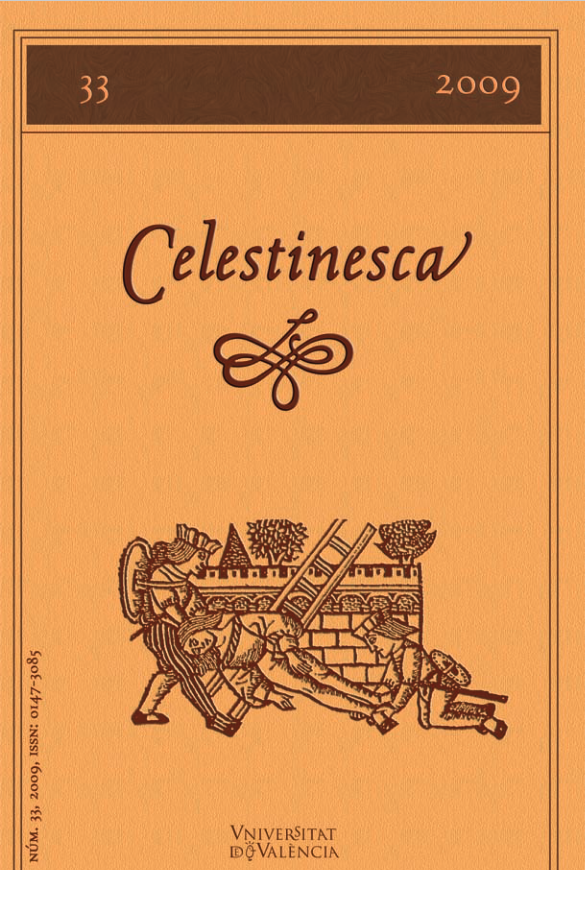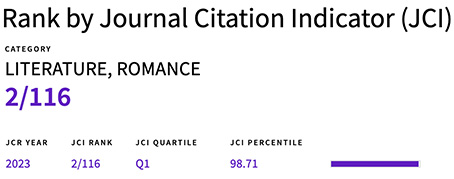Celestina as Chameleon: The Early Translations
DOI:
https://doi.org/10.7203/Celestinesca.33.20089Keywords:
Celestina, translation, 16th century, 17th century, printing, diffusion, society Abstract
Abstract
The early Celestina translations arose from a social context that boasted a thriving international merchant class. An eclectic array of immigrants throughout Europe supported the Tragicomedia's production and sales, in a host of translations as well as in Spanish, for 150 years. This article provides an overview of that history in order to establish why the early translations continue to be important: they offer hints for reconstructing the lost Spanish editio princeps, clues for deciphering puzzling passages in the original, a glimpse of the cultures that produced the string of translations, and an enriched literary experience for readers today. Chameleon-like, the early translations leaned toward the approach to translation that seeks to adapt a work to its new setting. After all, even a would-be thoroughly authentic translation leaves its source unreachable.
 Downloads
Downloads
Downloads
Published
How to Cite
-
Abstract261
-
PDF (Español)164
Issue
Section
License
![]() Celestinesca is committed to the dissemination of knowledge, that is why access to its contents is free and is ruled by a Creative Commons Attribution-NonCommercial-NoDerivatives 4.0 license.
Celestinesca is committed to the dissemination of knowledge, that is why access to its contents is free and is ruled by a Creative Commons Attribution-NonCommercial-NoDerivatives 4.0 license.
Authors retain the rights to their works. Therefore, they can disseminate them and deposit them in the repository, institutional or not, that they wish. However, they are kindly requested to do so by providing the full bibliographic reference and the corresponding DOI.
Celestinesca does not charge authors for submitting, processing, reviewing or publishing their articles.





